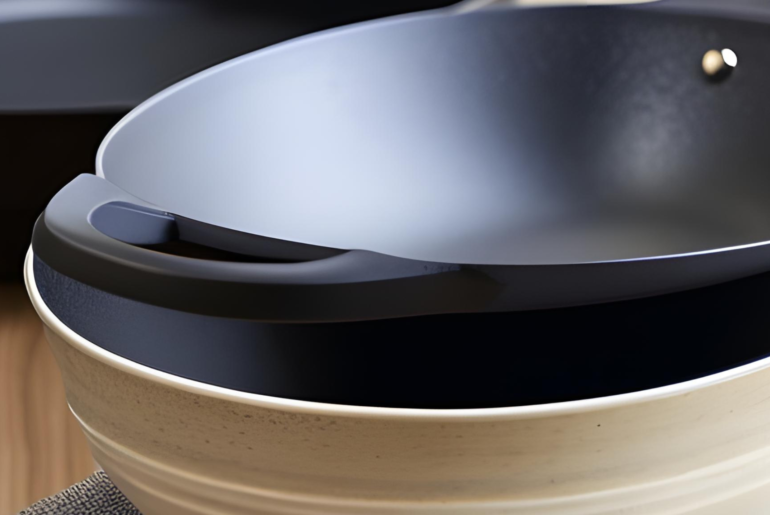Debunking Myths and Misconceptions About PTFE/Non-Stick Coating
In the realm of cooking and industrial applications, non-stick coatings have become essential components of modern cookware and various industrial processes. PTFE, widely recognized by its brand name Teflon, stands as a highly favoured choice among several options available. However, certain myths and misconceptions about PTFE/non-stick coating, especially when applied on stainless steel surfaces, persist. This article endeavours to debunk these fallacies and provide accurate insights into the truth behind teflon coating services for both cooking and industrial use.
Myth 1: PTFE/non-stick coatings are not suitable for stainless steel surfaces.

One of the most common misconceptions is that PTFE/non-stick coating cannot be applied to stainless steel. This belief often stems from the notion that stainless steel is naturally non-stick. While stainless steel has some inherent non-stick properties, it is not comparable to the performance of PTFE coating. PTFE coatings enhance the non-stick properties of stainless steel, making it easier to cook and clean. In fact, PTFE coatings are widely used in commercial kitchens, where stainless steel cookware is prevalent.
Myth 2: PTFE/non-stick coatings are toxic and release harmful fumes when heated.

One enduring myth about PTFE/non-stick coatings is their supposed toxicity and release of harmful fumes when heated. However, this misconception stems from outdated beliefs about older coatings. Modern PTFE coatings, when properly applied and cured, are entirely safe for cooking. Today’s high-quality PTFE coatings can withstand high temperatures without emitting toxic fumes. Maintaining the coating’s integrity requires following proper cooking practices and using utensils that won’t scratch the surface.
Myth 3: PTFE/non-stick coatings are easily damaged and require frequent re-coating.
Despite the misconception that PTFE/non-stick coatings are easily damaged and need frequent re-coating, proper care can greatly extend their lifespan. By avoiding abrasive cleaning tools and utensils, and following the manufacturer’s guidelines for maintenance, the integrity of the coating can be preserved. With adequate care, a high-quality PTFE/non-stick coating can last for several years before necessitating re-coating.
Myth 4: PTFE/non-stick coatings are only suitable for low-temperature cooking.
Contrary to popular belief, PTFE/non-stick coating is not limited to low-temperature applications. While they excel at preventing food from sticking during low and medium heat cooking, they are also highly suitable for high-temperature industrial processes. High-quality PTFE coatings are specifically engineered to withstand temperatures up to 500°F (260°C), making them ideal for a diverse range of cooking and industrial applications.
Now that we have debunked the myths, let’s explore the advantages of Teflon coating on stainless steel surfaces in industrial applications. Teflon coatings offer exceptional non-stick properties, reducing friction and enhancing process efficiency. They prevent materials from adhering to the surface, minimizing downtime for cleaning and maintenance. Teflon coatings also ensure even heat distribution, optimizing productivity and delivering consistent outcomes across various industrial processes.
If you are considering applying Teflon coating to stainless steel cookware or appliances, it is advisable to seek professional services. Jai Ambay Etching Process specializes in Teflon coating, providing expertise in surface preparation, coating application, and curing techniques for a durable and high-quality finish that maximizes performance and longevity.
Conclusion
In conclusion, the myths surrounding PTFE/non-stick coating on stainless steel surfaces have been debunked. Teflon coating services enhances non-stick properties, are safe for cooking, and can withstand high temperatures. With proper care, they have a long lifespan and do not require frequent re-coating. Teflon coating on stainless steel in industrial applications offers improved efficiency and consistent results. Seek professional services, such as Jai Ambay Etching Process, for optimal coating application and longevity.


